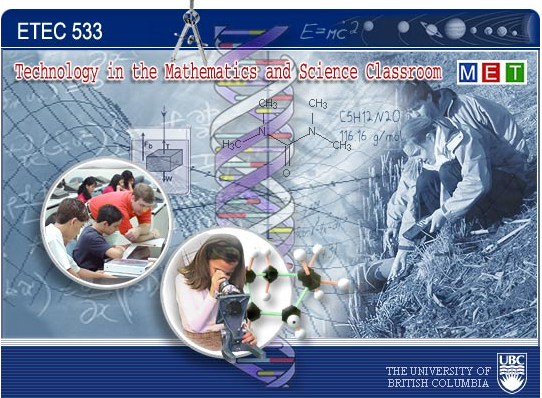Winn (2003) stated in his article that « cognition is embodied in physical activity, that this activity is embedded in a learning environment, and that learning is the result of adaptation of the learner to the environment and the environment to the learner. The conceptual framework assumes that embodiment, embeddedness and adaptation are completely interdependent. » He seems to look at cognition in a different way and faces the problem in a more opened perspective. Winn based his reflection on learning theories like constructivism, where understanding is constructed by students, not received in messages simply to be encoded, remembered and recalled. (Winn, 2003) Constructivism stresses the social aspect of learning where the learner is negociating the meaning with the group. Winn tells us that cognition works by taking the state of the learner and the environment as “input,” performing operations on it, and “outputting” the result as behavior. It forces the learner to experiment the environment like a scientist through a lifelike experimentation. As every individual experiments life differently, sharing these experiences will grow a shared cognition for learners to refer to.
In this article, Kearney et al (2012) discuss the many opportunities and challenges offered by mobile learning today. « This theoretical perspective suggests that learning is affected and modified by the tools used for learning, and that reciprocally the learning tools are modified by the ways that they are used for learning. » (Kearney et al, 2012) The authors look at how m-learning offers opportunities for experimentation and learning. As the learners have opportunities to live and experience real-life situation out of the buildings with the devices, it is some sort of embodiment, not necessarily noted in this article, but following Winn’s reading, one can see the possibilities. Personalisation of learning is one strong aspect of this framework, debated in Kearney et al’s (2012) article.
Alibali & Nathan (2012) looked at how gestures represent the way our mind thinks. « Gestures are often taken as evidence that the body is involved in thinking and speaking about the ideas expressed in those gestures. » They talk about how learners will express their thoughts with gestures before they explain it with their mouth. Observations showed that these body movements are evidences of the mind thinking and speaking ideas expressed through those gestures. Discussions also grew around the fact that scholars of embodied cognition have begun to view gestures as an indicator of embodied mental representations. (Alibali & Nathan, 2012)
In my own teaching, I believe that this would be really impacting the way my students learn. I realized that I am moving a lot when I teach, but my students aren’t enough. After reading all these articles, I found interesting how it can impact learning. I have heard about it and I know that our kindergarten teachers are putting it in practice everyday. It does make a difference for those students for sure. The body movement brings another aspect of real life situations where learners will make connections and that will anchor in their brain. If I look at one specific learning situation to put that in practice, I think math could be a good example. Manipulatives make a big difference in the learner’s experience. If they can manipulate objects to demonstrate geometry or fractions, it makes a big difference. It creates connections in their brain and they also can easily share with peers.
3 Questions :
A) If embodiment offers a greater potential for understanding, are learners with hearing loss problem better understanding maths concepts than others ?
B) Could math concepts embodiment be different or similar between kindergarten and Grade 9 students ? And how ?
C) M-Learning offers great potential for learning in 2014. Do all subjects benefit from it equally ?
References:
Alibali, M. W., & Nathan, M. J. (2012). Embodiment in mathematics teaching and learning:
Evidence from learners’ and teachers’ gestures. Journal of the Learning
Sciences, 21(2), 247-286.
Kearney, M., Schuck, S., Burden, K., & Aubusson, P. (2012). Viewing mobile learning from a
pedagogical perspective. Research in Learning Technology,20(1).
Winn, W. (2003). Learning in artificial environments: Embodiment, embeddedness, and
dynamic adaptation. Technology, Instruction, Cognition and Learning, 1(1), 87-114.
Retrieved from :
http://www.hitl.washington.edu/people/tfurness/courses/inde543/READINGS-
